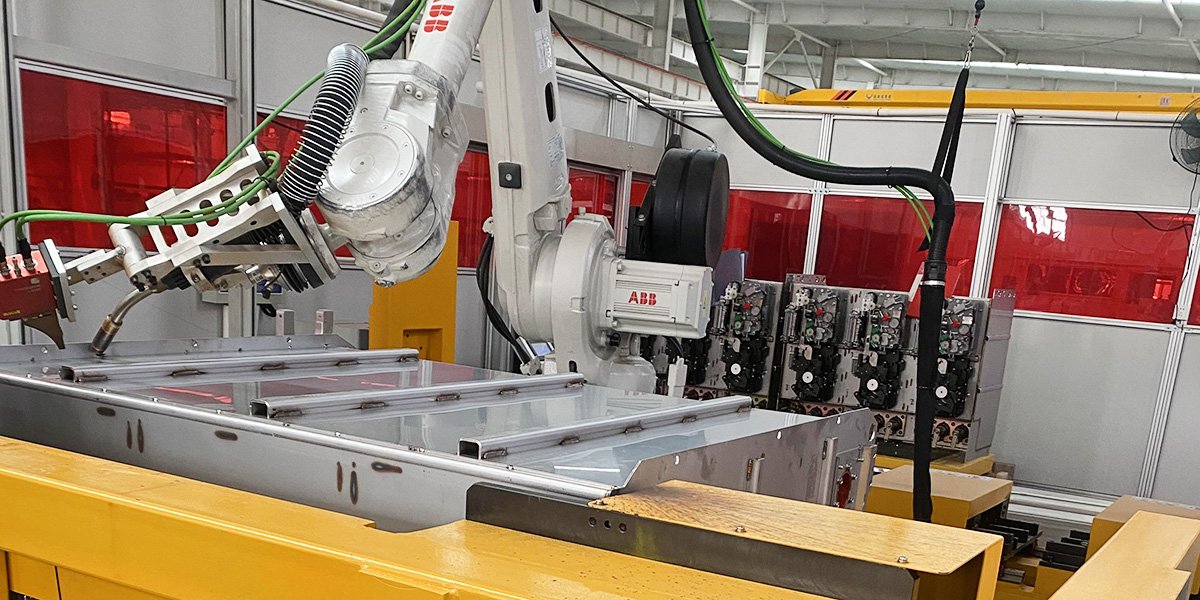Robot welding ring main unit

Robotic welding is an advanced manufacturing technique that plays a crucial role in the fabrication of ring main unit (RMU) switchgear cabinets. These cabinets are essential components of power distribution systems, designed to ensure the reliable and efficient flow of electricity. The RMU cabinetry must be robust, precision-engineered, and capable of withstanding harsh environmental conditions.
In the robotic welding process, state-of-the-art welding robots are programmed to perform complex welding operations with meticulous accuracy. These robots are equipped with high-tech sensors and computer-aided control systems that allow them to execute precise welds on the RMU cabinets’ metal components. The use of robots in welding not only guarantees the consistency and quality of the welds but also enhances the overall production efficiency.
The robots utilize various welding methods, such as metal inert gas (MIG), tungsten inert gas (TIG), or flux-cored arc welding (FCAW), depending on the material and desired weld properties. They meticulously join the metal panels, frames, and internal structures of the RMU cabinets, ensuring a strong and durable assembly that meets stringent industry standards.
The adoption of robotic welding in the production of RMU switchgear cabinets significantly reduces manual labor, minimizes human error, and improves workplace safety by automating the high-risk welding process. This technology is a testament to the continuous innovation in the field of electrical engineering, ensuring that power distribution infrastructure remains reliable and up to date with the latest advancements.
